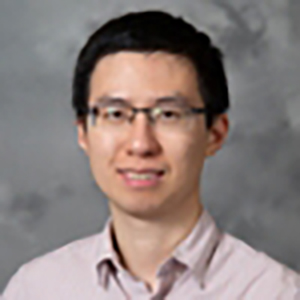Superconducting circuits have recently emerged as a leading platform for quantum computing, satisfying the challenges of controllability, long coherence, and strong interactions. Here we apply the same toolbox to the exploration of strongly correlated quantum materials made of microwave photons. I will talk about recent work where we experimentally demonstrated a new approach for preparing photonic quantum states in superconducting circuits using engineered dissipation. In a separate experiment, we realized a topological lattice for photons using arrays of coupled microwave cavities and observe the dynamics of topologically-protected edge states. These experiments demonstrate superconducting circuits as a powerful platform to investigate the emerging phases and dynamics of quantum materials. I will briefly introduce directions we are currently pursuing in my lab at Purdue.

Alex Ruichao Ma received his Ph.D. in Physics from Harvard University in 2014, studying quantum simulation and many-body physics using ultra cold atoms in optical lattices. He was a Kadanoff-Rice postdoctoral fellow at the James Frank Institute, University of Chicago from 2015-2019, where he worked on quantum simulation in superconducting qubits. Alex joined Purdue University in August 2019. His experimental group focuses on quantum many-body physics and quantum information science using superconducting circuits. Alex is the recipient of the NSF CAREER Award in 2022. (Group website: www.ma-quantumlab.com)